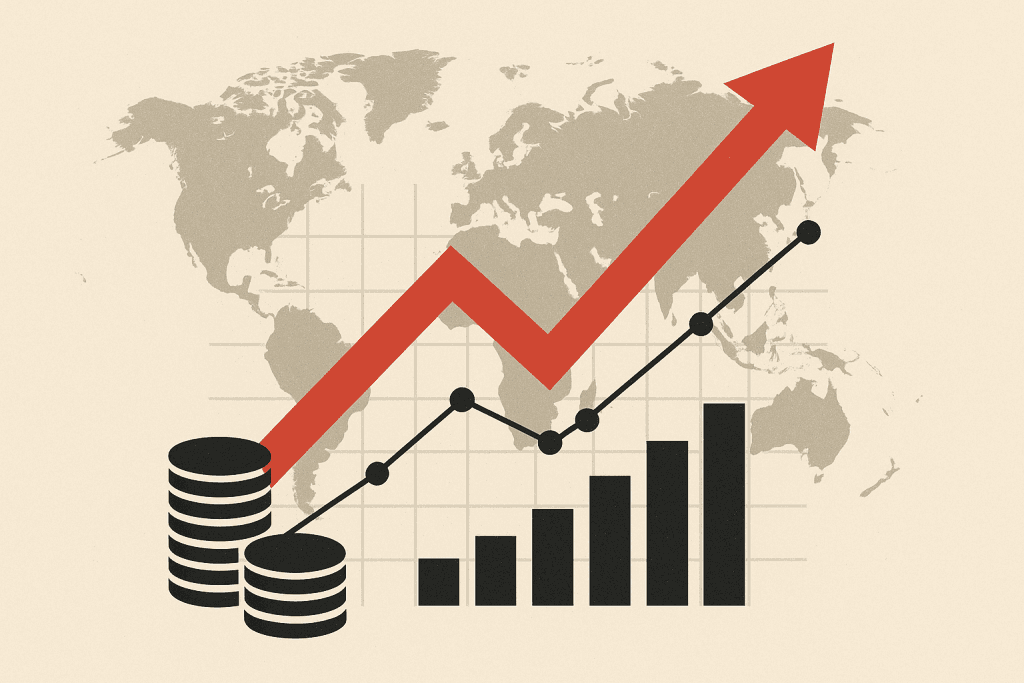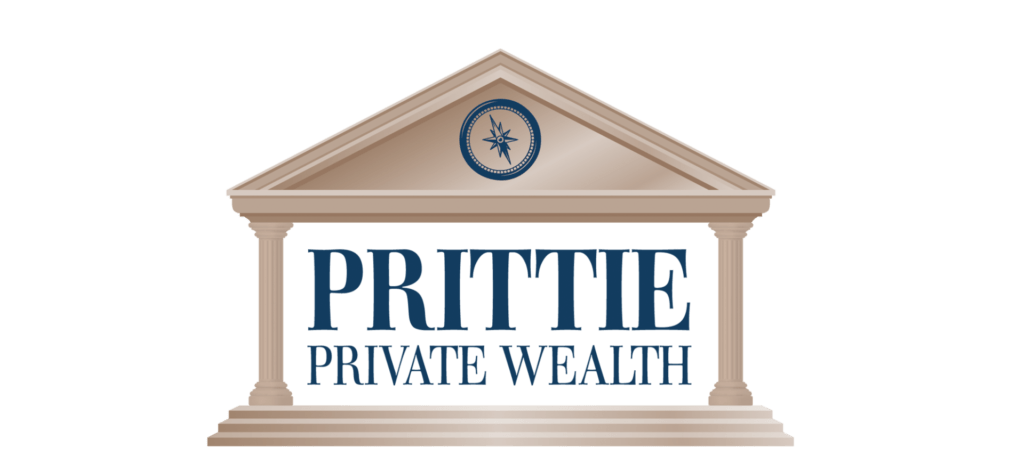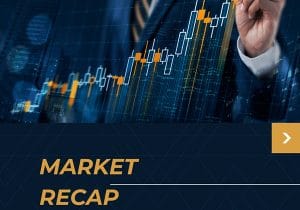A Retrospective on “Liberation Day”, the year so far, and the Path Forward for Investors

In our last edition of the Prittie Perspective, I wrote about navigating uncertainty and the fog of the trade war. Much has happened in the last three months, with the US Administration’s “Liberation Day” occurring the day after our last newsletter. Since then, we saw a significant market reaction and geopolitical concerns from global leaders over the future of trade and the reliability of the United States as a partner. Stock markets reacted with both fear and contempt upon the unveiling of the reciprocal tariff schedule as many economists felt is grossly mischaracterized the reality of global trade. This due to the United States being a largely knowledge-based economy that imports goods from smaller countries to meet the demands of its population.
The tariff policy was, in essence, a rewriting of the global economic order and caused many nations to consider their options, which were (1) reconsider trade policy and enter negotiations with the United States, or (2) explore/improve trade relations with other nations. Within a couple of weeks of the market volatility driving down markets as threats of an increasingly harsh trade war between China and the USA heated up, a pause of 90 days was put on tariffs to negotiate new deals. This pause comes to an end in a few weeks time, and many nations are still grappling with which of the two aforementioned options best suit the path forward. However, during this time of volatility and uncertainty, we were busy buying to take advantage of discounted prices and realign your portfolios as the best time to be a buyer is when people are fearful and stocks are at a proverbial discount.
While we do not have the crystal ball to see how this new foreign policy from our biggest economic partner will play out over a prolonged period, we can look at how nations have reacted and how this presents opportunities for nations to build themselves up, become emergent players in the global landscape, and forge a “New World Order” that differs from that of the long-established order outlined by former President George H.W. Bush in 1990.
For over 30 years, US policy has largely been based on multilateralism, collective security, economic cooperation, and international peace and stability. Two of these four pillars have been largely rewritten over the last 6 months, creating a new landscape that presents plenty of opportunities for investors who look beyond the noise of the news and focus on the bigger picture. The first rewritten pillar is economic cooperation; With “Liberation Day” in the rearview mirror, the impact it is having is much clearer, trade with the United States is down, a decrease in GDP, inflation is back on the rise, and countries seeing how they can potentially repair relations or forge new relations with or without the USA. This has opened the doors for investment in other countries that were previously in the shadow of American exceptionalism.
As a result, some nations of interest to us are France, Germany, Japan, South Korea, and Singapore. We maintain a positive long-term view of the US market, we remain focused on strong, value-based companies with an international footprint, or those that are shielded from potential recession by having a strong economic moat. These are the firms that are less likely to be impacted by trade disruptions, and for those industries that could be impacted stateside by a potential recession or reduced trade, we are looking to foreign markets as a substitute, and to benefit from a shifting economic environment. Both France and Germany have strong industrial sectors and, with increased European Union cooperation in the face of a trade crisis, are likely to be big benefactors as they reopen factories. South Korea and Japan are seeing a resurgence as well as the Asia-Pacific trade bloc tries to move away from dependence on China. In the South Pacific, the tech markets continue to thrive, as do the manufacturing, automation, and robotics markets. The Latin America market is also of growing interest to Canada.
With a potential reduction in reliance on the USA for trade, these markets are ripe for the picking and even if business with the USA stays stable, these are markets worth being in as some of you may recall my 2022 article on geographic diversification where I stressed the importance of not suffering from a home country bias and the benefit of holdings assets on a global level, one benefit of which has already begun to play out given EU cooperation and trade talks, that being the increase in value of the Euro compared to the USD (13.80% Year to date).
The other pillar of Bush’s New World Order that has been steadily rewritten over the past few years is that of collective security. Over the past three years we have seen numerous conflicts arise around the world, and NATO member states had a 2024 target to meet 2% GDP spending on defense. While most countries were able to achieve this, in the last few months following the uncertainty of the US positioning on the world stage, there has been significant discussion on whether 2% is enough. At the June 2025 summit, NATO allies agreed to increase defense spending to 5% of GDP by 2035, marking a significant increase in defense spending not seen since the Cold War.
While this spending may seem hefty, it can come in the form of both military armaments as well as defense related infrastructure spending. In turn, this brings many benefits to the economies of NATO members but also non-alliance member allies. Germany has ramped up industrial manufacturing of armoured vehicles and supporting equipment as has France, Poland, Denmark and Norway, but in the Asia-Pacific region, non-alliance members such as Japan are increasing defense spending and South Korea is seeking to become an arms dealer replacement to the United States, with a recent offer to Canada to build up our submarine fleet. Further to this, defense and infrastructure spending has historically been the primary driver of innovation as many industries are required and seek to innovate and be the leaders in their sector.
A few great examples that came from the US Space Program include GPS, cordless power tools, computer mice, LASIK eye tech, memory foam and much more. All of this means government money for contracts, and the potential for continued innovation, and in Canada, Prime Minister Mark Carney has committed Canada to hitting 2% within the next year, with the PM indicating the increased fundings having the potential to “transform our economy” with economists saying the benefits can come in the form of intellectual property, industrial development, and infrastructure investments.
While we cannot know what will come next from the US administration and what volatility it may bring, what we do know is that there are opportunities in front of us. Topics in the news today will likely shape the global economy and the global order for years to come. This is why we are active in your portfolio to ensure we are taking advantage of opportunities and buying robust, cash flow positive businesses with strong fundamentals on a global scale. The world is a big place, and the modern age has made access to foreign markets easier, making a well-diversified portfolio not only easier but a necessity. Diversity in currency (Euro is up 13.8% against the USD year to date). Protection against “home bias” and a faltering loonie. Since 97% of global market capitalization is outside of Canada, it is prudent to diversify outside our borders for financial opportunities and wealth preservation.
Written by: Adam Prittie








